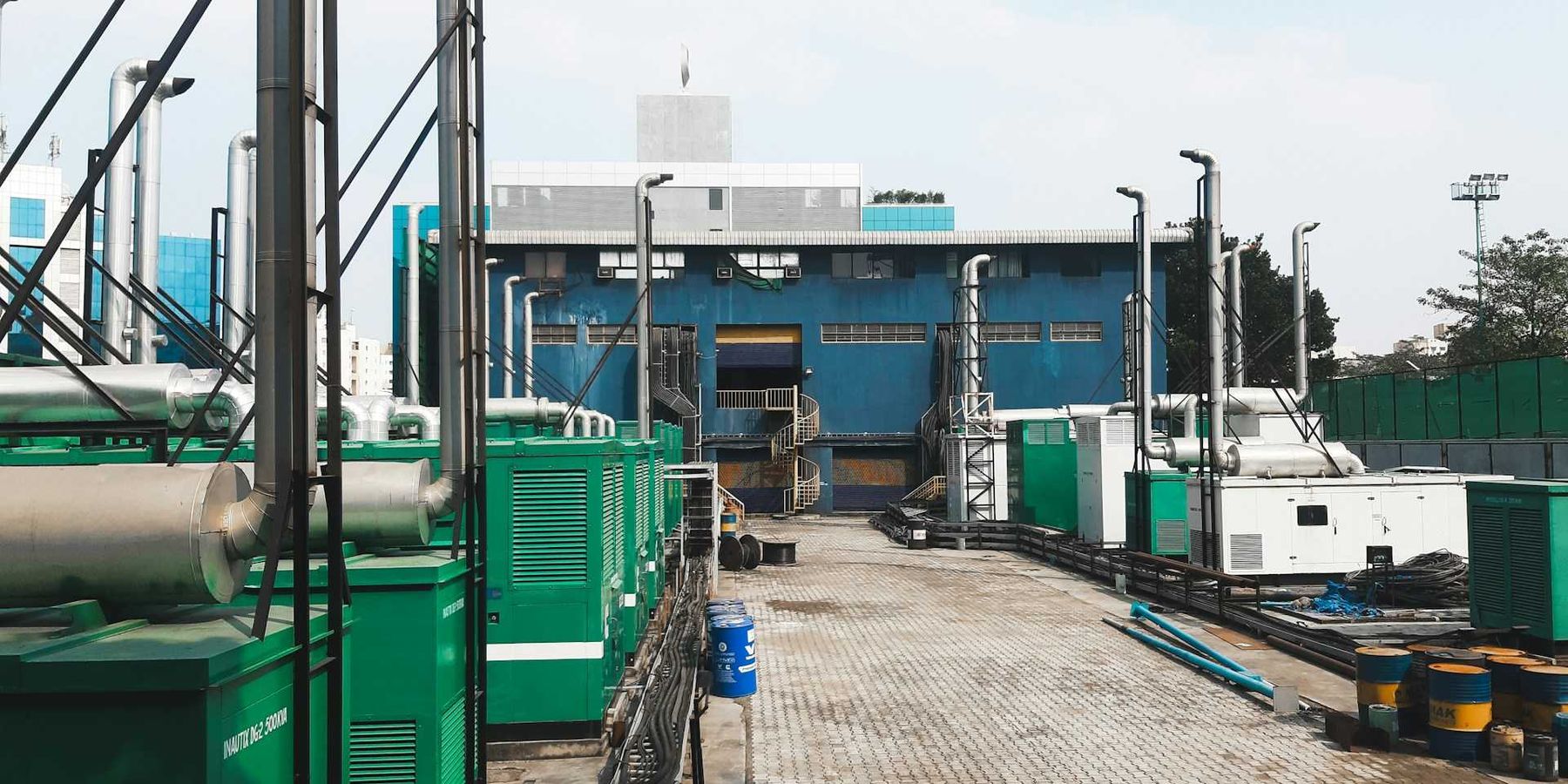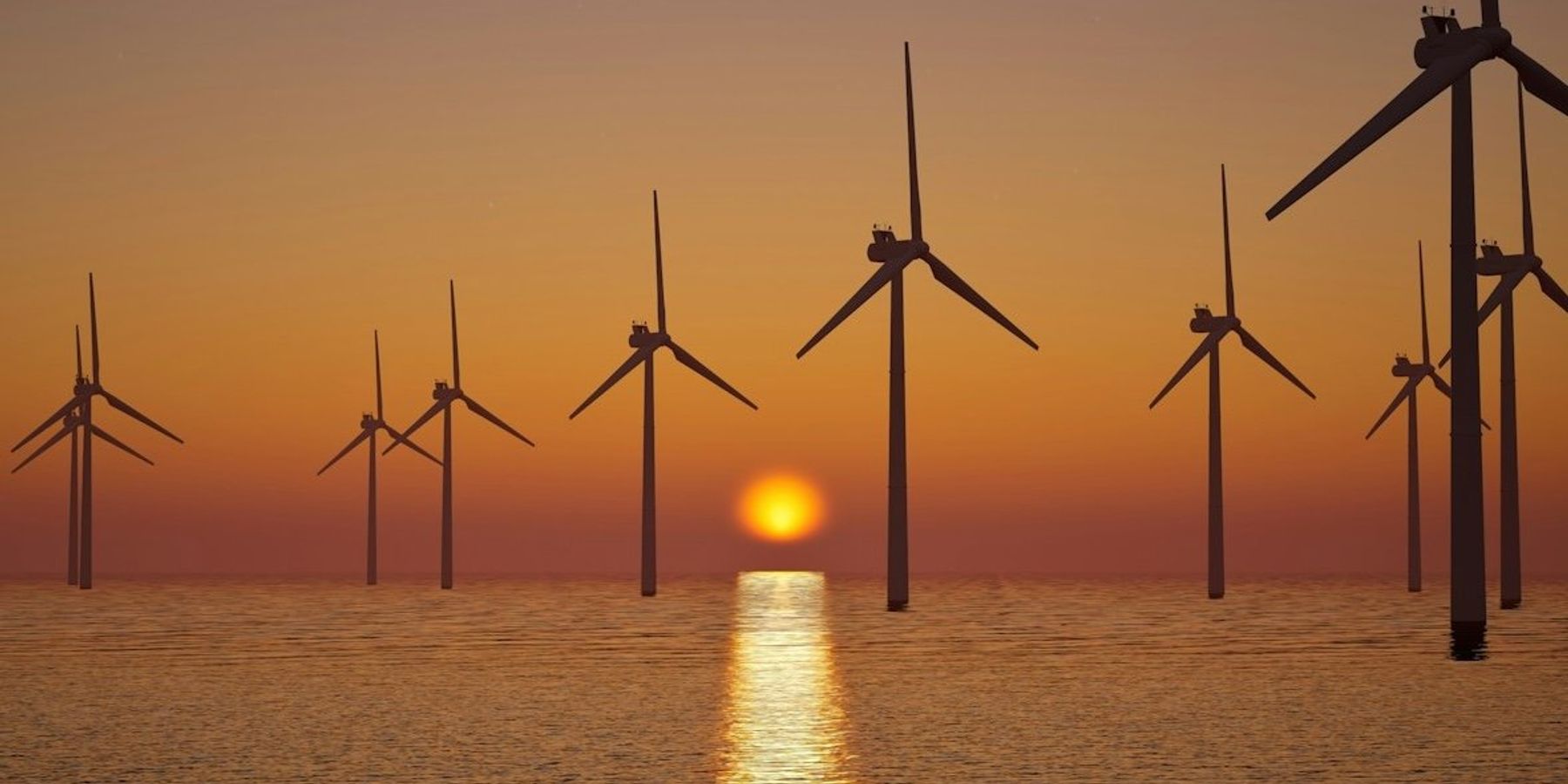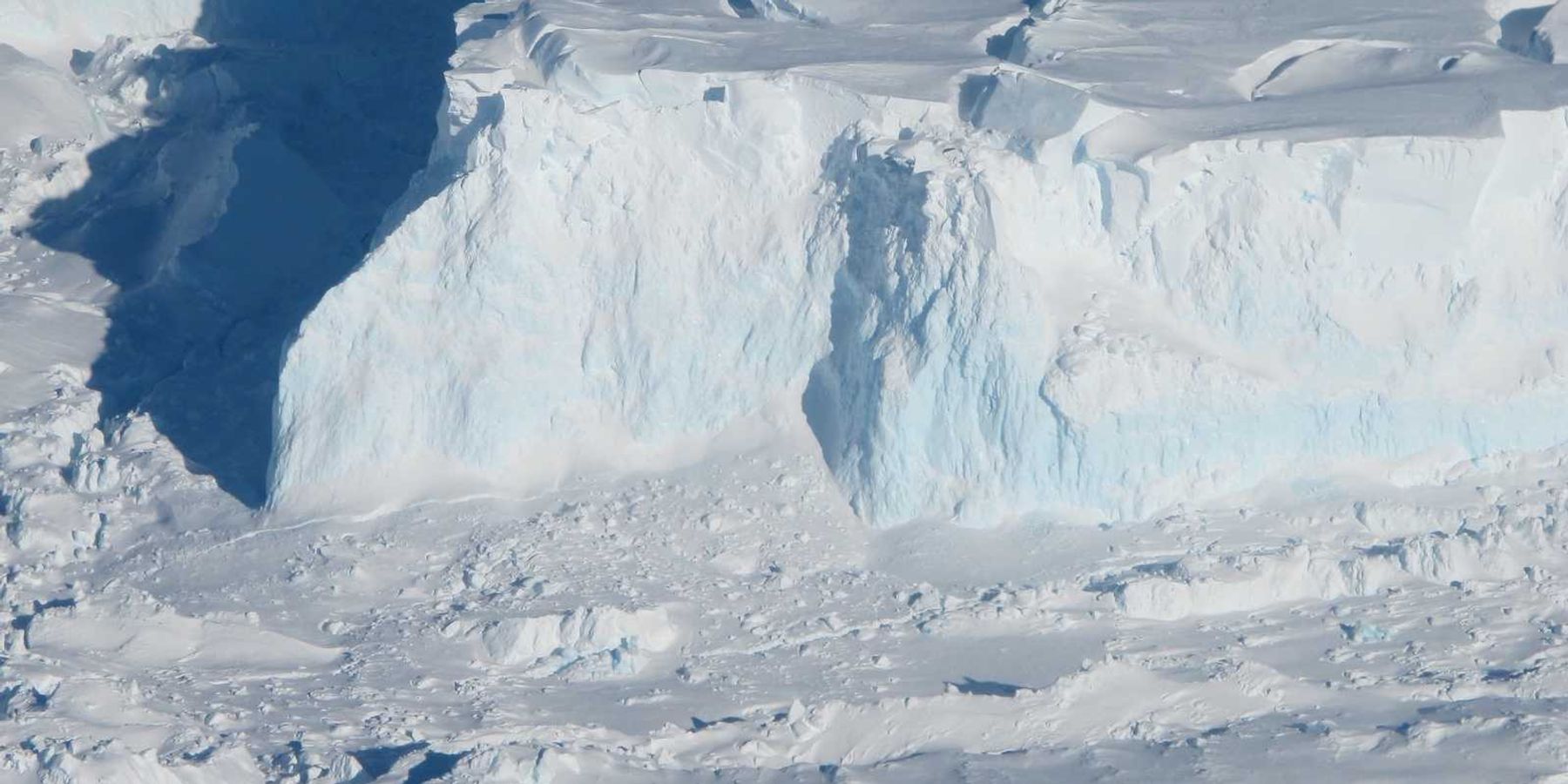B.C. energy regulator allowed 1,000+ environmental violations to go unchecked
Inspectors with British Columbia’s energy regulator flagged more than 1,000 potential infractions at oil and gas sites but marked them as compliant, raising concerns about industry oversight.
In short:
- Internal documents show B.C. Energy Regulator inspectors often recorded spills, leaks, and hazardous emissions but failed to issue non-compliance notices.
- The regulator, largely funded by the oil and gas industry, has only 17 enforcement officers for the entire province and follows a "graduated enforcement model" that often lets companies fix issues without penalties.
- Experts say lax enforcement erodes public trust, risks long-term environmental harm, and may be influenced by the regulator’s close ties to the industry.
Key quote:
“It undermines whatever policy stance they take — if you have transparency and accountability, you will have more credibility. Why is this going on and what are we missing and will it have a legacy that we’ll find out we poisoned drinking water or killed off a bunch of caribou or something else?”
— Nancy Olewiler, retired professor, Simon Fraser University's school of public policy
Why this matters:
Unchecked environmental violations can have lasting consequences for ecosystems and public health. Leaks and spills can contaminate water sources, harm wildlife, and contribute to air pollution. The regulator’s failure to enforce its own rules raises concerns about corporate influence and the province’s ability to manage expanding fossil fuel operations, especially as natural gas production ramps up to supply liquefied natural gas exports. With limited enforcement staff and industry ties, B.C.’s oversight system appears to prioritize business interests over environmental protection.
Related: Energy company’s lobbying raises questions about its ties to Canadian officials













